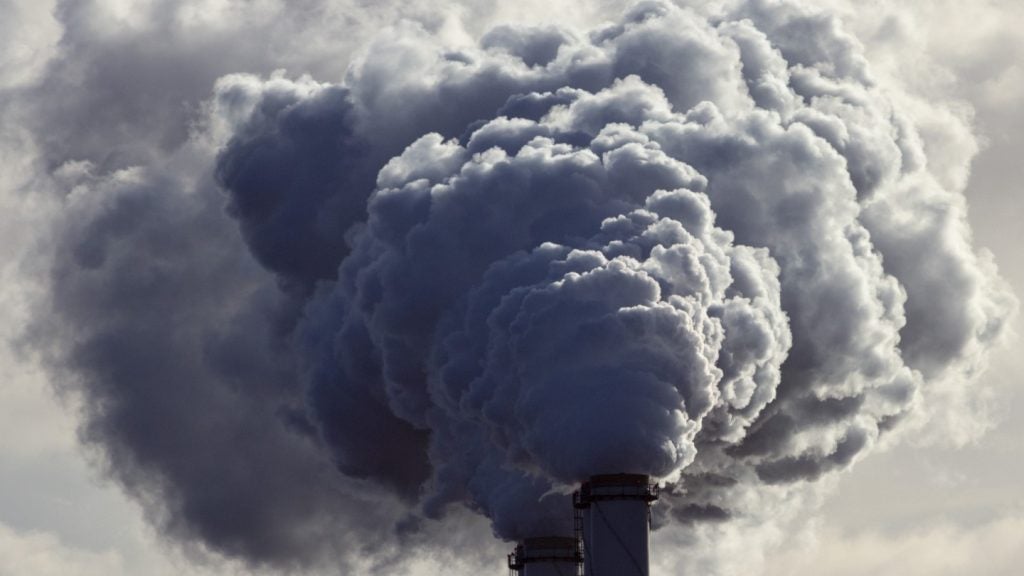The International Energy Agency (IEA) has lowered its oil demand growth forecast for 2024, indicating weaker global demand than previously anticipated.
The adjustment increases the gap between the IEA's projections and those of OPEC.
The IEA, which represents industrialised nations, now expects oil demand to grow by 1.1mbbl/d in 2024, a reduction of 140,000 barrels per day (bpd) from its previous forecast.
According to the agency, this revision is largely due to subdued demand in developed OECD countries, with factors such as poor industrial activity and a mild winter reducing gas oil consumption, especially in Europe.
Europe's shift away from diesel cars is also contributing to the decline in fuel consumption.
The IEA reported a year-on-year drop of 140,000bpd in European gas oil demand in the first quarter (Q1) of 2024, following a 210,000bpd annual decrease in 2023.
Weak diesel deliveries in the US at the start of the year have further contributed to the OECD's oil demand contraction in Q1.
Despite the downward revision for 2024, the IEA's global oil demand outlook for 2025 remains largely unchanged, with a slight increase in growth to 1.2mbbl/d.
In contrast, OPEC maintains its forecast that world oil demand will rise by 2.2mbbl/d in 2024.
This marks a 1.15mbbl/d difference from the IEA's prediction, which is roughly 1% of global demand, according to Reuters.
Additionally, the IEA has adjusted its 2024 oil supply estimates, pointing to outages in Brazil and logistical challenges in the US.
The agency now expects world supply to increase by 580,000bpd this year, reaching a record high of 102.7mbbl/d, down from the 770,000bpd growth projected last month.














